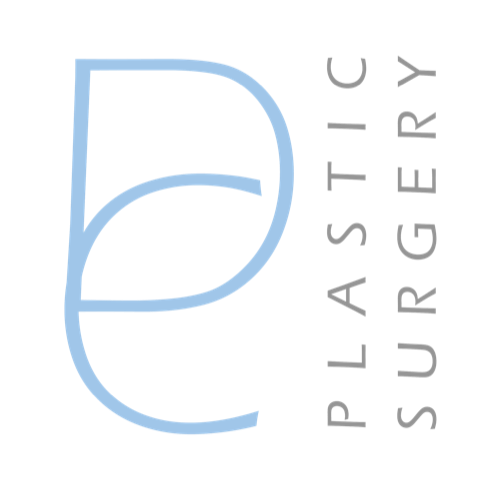Skin Growths, Lumps and Scars
Treatment of skin growths (lesions)
Moles and other skin growths may not seem big to others they can cause problems. Some growths get caught when washing, dressing, or if in the scalp, when having a haircut. Some can itch or be painful. Other growths cause cosmetic concern, making patients self-conscious. Skin cancers are on the increase and most require surgical treatment.
Many patients come to see Mr Chester requesting removal of skin growths. these include:
- Moles
- Naevi (fleshy growths)
- Skin tags
- Warty growths
- Other benign growths
- Skin cancers – including basal cell carcinomas (rodent ulcers), squamous cell carcinomas, malignant melanoma
- Nail bed growths
Other lumps frequently removed
- Lipomas (benign tumours of fat cells)
- Sebaceous (epidermoid) cysts ( lumps in the skin containing secretions)
What is a skin lesion?
What does the consultation involve?
During the consultation Mr Chester will ask you details about the growth and the problems it causes in addition to assessing your medical history. He will examine the growth in question. If there is any doubt about the diagnosis, Mr Chester uses a technique called dermoscopy. Dermoscopy uses a magnifying device which is placed on the skin to improve the accuracy of diagnosis. This technique can help spot changes associated with skin cancers and conversely can provide additional reassurance that a lesion is benign.
Cosmetic mole removal
Mr Chester will review your skin lesion and have an honest and open discussion with you to decide whether you are likely to benefit from surgery. Whilst many patients gain improvement as a result of mole removal, it is important to weigh up risks for an individual patient. If you would like a consultation to discuss mole removal then please click here.
How are skin growths removed?
Shave excision
Some skin growths are suitable for shave excision, particularly naevi that are flesh-coloured. This procedure is performed under local anaesthetic and involves cutting the lesion flat with the surface of the skin using a blade. The result usually is a small circular scar. There can be a slight indentation at the site of removal and there is a greater risk of the growth coming back (compared with conventional removal) as it is not completely removed. It may also be less suited to growths that have hairs growing out of them as there is a risk of getting blocked, inflamed hair-follicles within the scar. Nevertheless, shave excision remains a popular procedure as the scarring is generally less than when lesions are removed by elliptical excision.
Benign naevus treated by shave excision
Before surgery

After surgery


Skin cancer removal
Mr Chester regularly removes skin cancers. He is often referred patients by GPs and dermatologists when skin cancers are in tricky areas and when reconstruction is required. Mr Chester regularly performs skin grafts and local flap reconstructions for skin cancers and will talk you through the options as required. Whilst curing the skin cancer is the main priority, Mr Chester appreciates the importance to patients of rebuilding the area in the most cosmetic way possible.
Biopsies
If there is uncertainty about whether a skin growth is cancerous, a biopsy can be taken. This involves either cutting a small piece of the lesion out or using a circular punch. Normally dissolvable stitches are used to close the small defect created by a biopsy and a small scar results either within the lesion or just through the edge of it (depending on the type of growth). The tissue is sent away to a laboratory for analysis where a consultant histopathologist will provide an opinion on the diagnosis. These biopsies do not treat the lesion but can give a diagnosis to guide further management including further surgery to remove the growth, observation only or topically-applied treatments such as creams or freezing.
Curettage
Curettage is a technique whereby a growth is scraped off in a controlled manner under local anaesthetic. The procedure is most suited to lesions that do not extend far into the skin and is useful for seborrhoeic warts. The scarring is usually less than if the lesion is formally cut out and tends to be of similar size to the growth itself. Not all growths are suitable for this technique. The risk of the growth coming back is usually greater than if the growth is cut out.
Treatment of scars
Mr Chester is regularly referred patients who have troublesome scars, including keloids, following injuries, procedures (including piercings), or operations from other surgeons. Mr Chester can provide you with a balanced view and discuss the advantages and disadvantaged of different treatment options, together with the likely chances of success.
Some scars respond to massaging and moisturising, silicone preparations or steroid injections.

Surgical scar revision
Some scars are suitable for scar revision; a procedure whereby the scar is cut out and the skin is restitched. Specialist plastic surgery techniques may be employed to reduce the tightness in a scar or change its direction. Mr Chester has an interest in treating indented or tethered scars, which can often be treated with internal fat re-draping (see below) or fat injection techniques (injection of fat from other sites under the scar). It is important to realise that not all scars are suitable for surgery and the decision to operate needs to be carefully balanced against the risks.
If you would like an opinion regarding your scar please click on this link to make an appointment. Mr Chester will then assess you in clinic and give you a balanced view of the treatments available.
Patient with an Indented, tethered scar following previous abdominal surgery treated with cutting out the scar and moving a layer of fat under the skin to pad out the area. Early result shown.
Before surgery

After surgery

